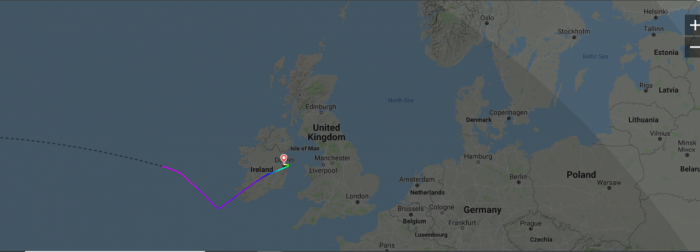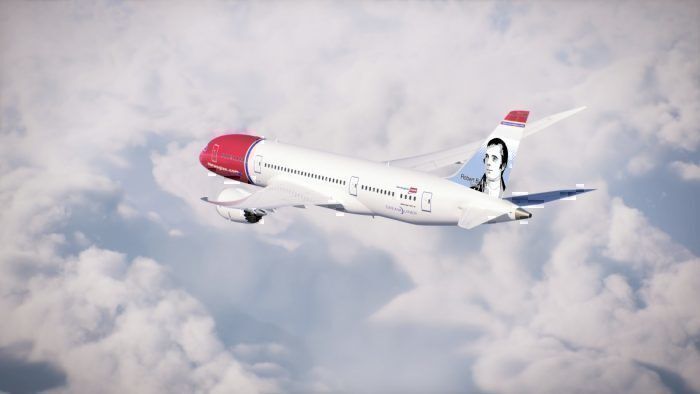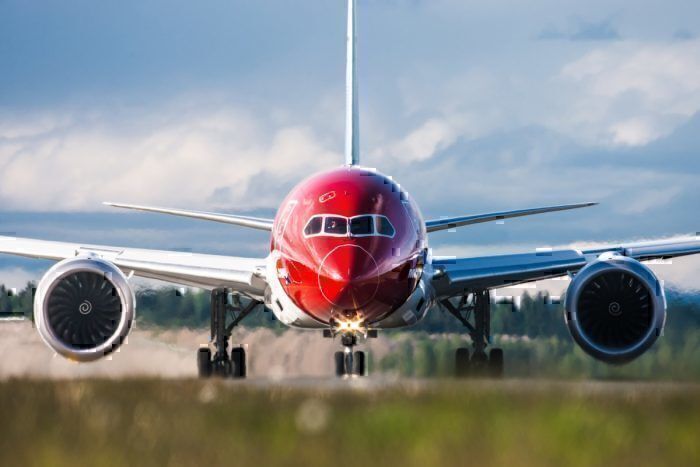A Norwegian Air Shuttle Boeing 787-9 on route from Los Angeles to Barcelona with 331 passengers and crew on board had to divert to Dublin after a mid-Atlantic engine issue.
The Boeing 787-9 Dreamliner flight number DY-7110 was around 100 kilometers off the southwest coast of Ireland when, at around 13.30, the crew declared an emergency.
The pilot radioed the Irish Aviation Authority’s North Atlantic Communications Centre at Ballygirreen in Co Clare to say that the left-side (port) engine had suffered a “surge”. As a result, the flight would need to divert.
The flight crew transmitted the emergency Mayday distress message by radio and an emergency squawk code on their transponder.
The plane diverted to Dublin rather than landing at Shannon
While Shannon Airport (SNN) would be the obvious choice for an airliner inbound from the Atlantic Ocean, the pilot radioed to ask permission to land at Dublin Airport (DUB).
At the time of the incident, the Norwegian Air Shuttle jet was just 250 kilometers from Shannon but asked to land 420 kilometers away in Dublin to burn off jet fuel, according to The Journal.ie.
The extra time also allowed the crew to go through their emergency checklist and confirm to ground controllers that they were expecting to make a “normal landing” in Dublin. Permission was given by air traffic control for flight DY-7110 to descend at its discretion into Dublin Airport.
The aircraft landed safely in Dublin
The aircraft made an uneventful landing in Dublin around 14.10 and was escorted to the terminal by fire and rescue vehicles.
While speaking about the incident a Norwegian Air Shuttle spokesperson told the Irish Sun newspaper,
"Flight 7110 from Los Angeles to Barcelona landed safely in Dublin after diverting as a precaution following a technical issue. The safety and security of our customers and crew are of paramount importance. The aircraft is currently being inspected while our passengers remain on board and will continue its journey if the aircraft is cleared to return to service.”
What is an engine surge?
Engine surge or more correctly a compressor stall is a disruption of airflow through the compressor. Depending on the severity of the interruption, it can range from a minuscule power drop to a loud bang and flame shooting out of the back of the engine.
The three types of compressor surges are:
- Recoverable surge where no crew action is required.
- A recoverable surge that requires crew action to slowly retard the thrust lever and then slowly increase the thrust one the engine has recovered.
- The engine cannot be recovered, leading to it being shut down.
In most cases of compressor stalls, the engine will fix itself and require no action from the crew.
We will post more information about this flight as soon as we have it.
If you happened to be on board, we would love to hear from you about what took place and when you finally arrived in Barcelona.





